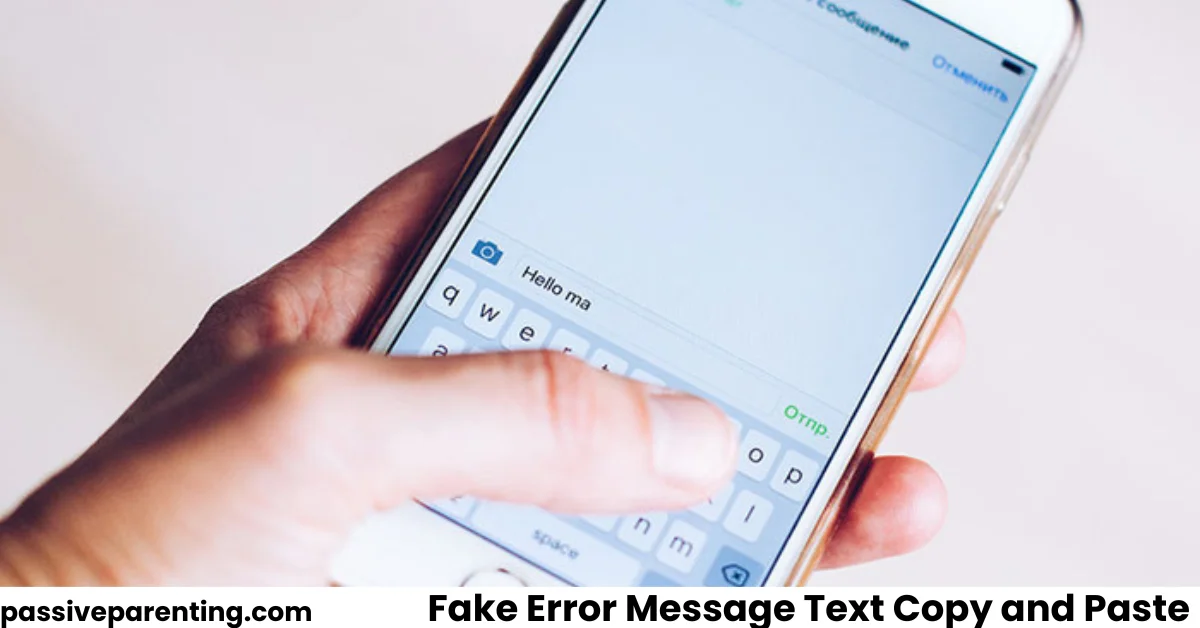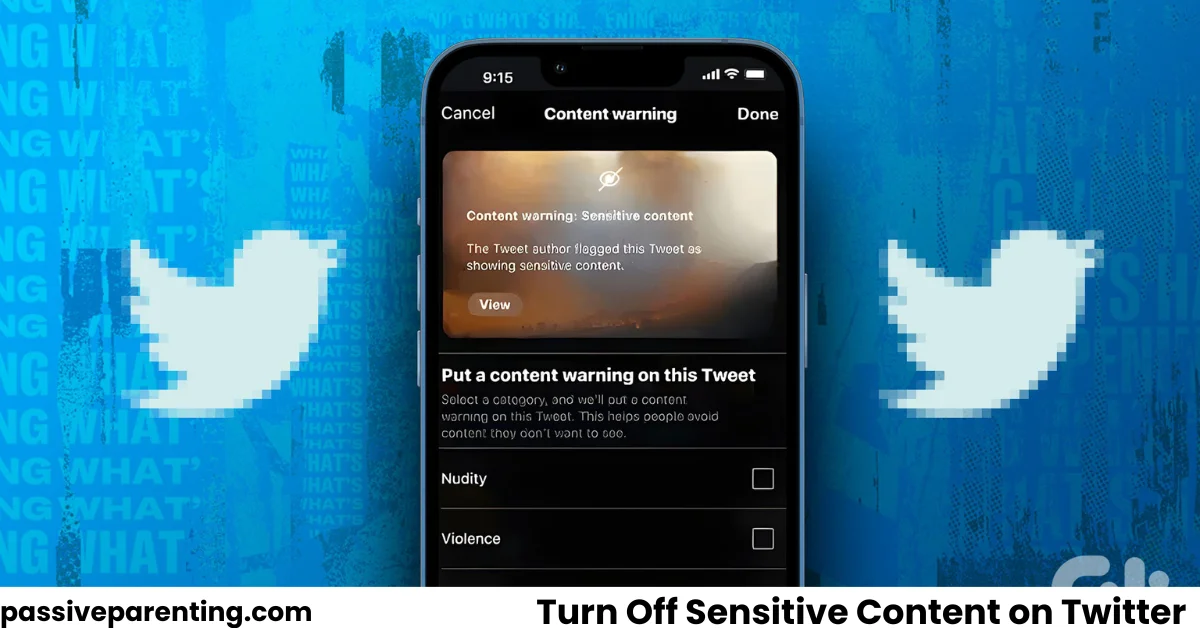Pranks that arrive as a text message are quick, surprising, and often hilarious when the target is prepared to laugh. If you searched for fake error message text copy and paste, you’re probably looking for ready-made lines to drop into a chat and get a double-take from a friend. This article gives you a large, original collection of safe templates you can copy and paste, explains how to make a prank believable without being hurtful, and walks through legal and ethical boundaries you must never cross.
Everything here is designed to keep the joke light and reversible: the goal is a laugh, not stress, confusion, or loss. Read the safety section before sending anything. Then scroll to the template section to find messages you can paste immediately.
What A “Fake Error Message” Is, And Why People Use Them
A fake error message is a short piece of text written to look like a technical notification, system alert, or delivery failure. The most common form resembles the terse, slightly alarmist language of real system messages: a code, a short explanation, and sometimes a suggested next step. People use them for play: to tease a friend who’s texting too much, to surprise a coworker with a staged “out of office,” or to create a moment of shared laughter when everyone realizes it’s a joke.
Because the tone of real alerts tends toward seriousness, a well-written fake message gets attention quickly. That attention is why these pranks are effective and, when done kindly, memorable.
Legal And Ethical Ground Rules
Before we share templates and tips, a clear rule: do not use fake error message text to deceive for gain, to impersonate real companies, to obtain personal information, or to cause panic. Sending messages that mimic banks, government agencies, hospitals, or emergency services is risky and can be illegal. Likewise, pretending to be a telecom provider, a payment processor, or an employer in order to extract passwords or money is fraud.
If your prank uses an alert that implies someone’s account, finances, or safety are at risk, stop. Always choose targets who enjoy light teasing, and reveal the joke quickly so nobody is left worrying. Never send these messages to strangers, at work where policies forbid pranks, or to people who have high anxiety or are coping with recent stressors.
How To Make A Fake Error Message Feel Believable
Believability comes from tone, formatting, and context. The tricks below help your text read like an alert while keeping it clearly non-harmful.
First, match the voice of a typical system message: short sentences, uppercase keywords like “ERROR” or “NOTICE,” and a neutral, formal style. That gives the initial jolt without going overboard.
Second, keep the content obviously harmless if someone reads it more closely. Avoid asking recipients to click unknown links, call numbers, or provide credentials. Instead, suggest trivial next steps (“restart your app” or “try again later”) that mirror real alerts but don’t invite risky behavior.
Third, add a wink or reveal soon after. After one or two fake alerts, send a follow-up line that reveals the prank, for example, “April Fools! love, me.” That way the brief worry turns into relief and laughter.
Finally, time your prank. Don’t send fake critical alerts at night or before a big work deadline. Mid-afternoon or casual weekend moments work best.
Styling Tips: How The Text Should Look On Screen
Most people read text quickly on phones. Short lines and a compact structure increase impact. A believable format might include a short header line (e.g., “SYSTEM ALERT”), a one-line code or status (e.g., “ERROR 102”), and a single sentence explanation. Keep it at most two or three short sentences so it appears authentic at first glance.
Avoid copying real company branding, legal language, or official phone numbers. Instead, use neutral terms like “System,” “Service,” or “Message Center.” If you want extra realism without risk, choose silly placeholders such as “FunService” or “SnackNet” to make the reveal easier.
Safe, Copy And Paste Templates You Can Use Right Now
Below are original, harmless templates that are intentionally non-impersonating. Each line is written so you can copy and paste it into a text message or chat. These are crafted to shock just a little and reveal quickly.
Blocked / Do-Not-Disturb Style Messages
Copy-and-paste these when you want someone to think you’re unavailable — but keep it playful.
Fake Error Code Messages (Playful Tech-Style Codes)
Use computery codes to create a little confusion, then laugh it off.
Failed / Delivery Problem Messages
These mimic ‘failed to send’ language without implying real service problems.
“404 / Not Found” Style Texts
Make it look like the person or number doesn’t exist, keep it obviously jokey.
Number Disconnected / Out of Service (Light Tone)
These suggest a temporary disconnect without implying harm.
Funny / Silly Alert Messages
These are obviously playful and great for friends who like absurd humor.
Account Suspension-Style (Harmless Tone)
These resemble account notices but avoid mimicking brands or asking for action.
General Tech-Glitch Messages (Non-brand)
These read like neutral system notices and are safe to send.
Carrier-Style (Generic “Mobile Network” Wording)
If you want a telecom vibe without naming a provider, use these non-specific lines.
Quick Tips To Keep The Prank Fun And Harmless
Reveal fast, send one of the short reveal lines after a minute. If someone gets upset, apologize and explain immediately. Don’t include links, phone numbers, or requests for passwords. Keep the tone playful and easily reversible.
How To Deploy A Prank Without Facilitating Wrongdoing
Do not use third-party services that spoof sender IDs, imitate official company numbers, or hide your identity in ways that make the message appear legitimate coming from an organization. Those techniques cross into deception that can harm trust or be illegal.
Instead, send pranks from your own number or a shared group chat so the origin is traceable and the recipient can verify it quickly. If you want to make the joke more theatrical, follow up quickly with an emoji, a laughing GIF, or the reveal message above.
If someone seems upset, stop immediately and apologize. Show them the reveal and offer to make it up, bring coffee, tell a genuine compliment, or share a funny meme to heal the moment.
Contexts Where Fake Error Message Text Copy And Paste Is Appropriate
These pranks work best among close friends or family who know your sense of humor. They can be fun at casual parties, on social media threads among followers who expect light banter, or as a quick text exchange to tease a partner about being glued to their phone.
They are not appropriate for work contexts where messages could be misread as policy changes, for people in roles that handle real emergencies, or for contacts who have previously expressed anxiety or distrust at prank texts.
Frequently Asked Questions
Final Thoughts
Searching for fake error message text copy and paste can lead to some brilliantly silly exchanges that become inside jokes for years. The difference between a delightful prank and a harmful one is intent and awareness. Use the templates above to spark laughter, not fear. Copy, paste, laugh, and then reveal quickly so your friends know the joke landed as intended.




